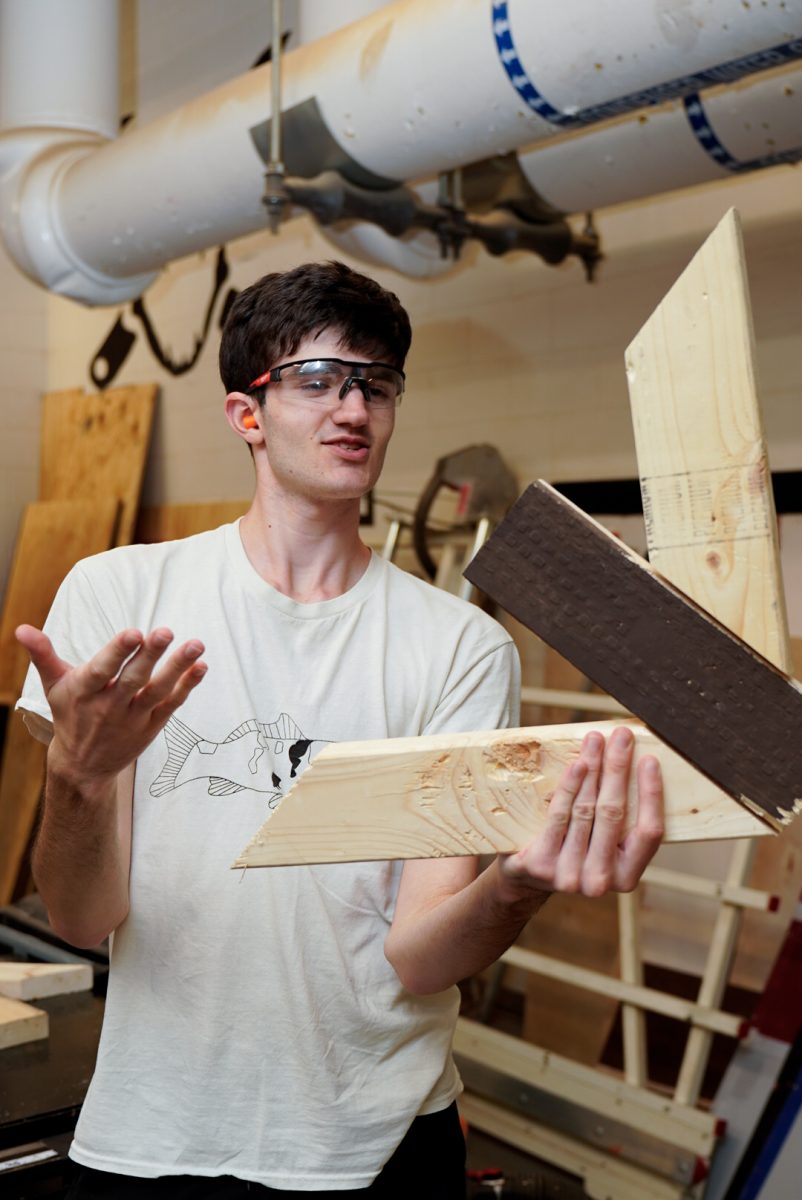Vaping seems to be everywhere these days. Everyone knows about this new craze, whether from stories in the news, warnings from teachers, or in the vape cloud-filled bathrooms at North.
Massachusetts is no exception to this craze. In response to the epidemic, Governor Charlie Baker called for a four-month ban on the sale of vape products, declaring vaping as a public health emergency. According to the CDC, there have been 37 reports of vaping-related deaths in the U.S., and this number is only expected to grow. In Massachusetts alone, there have been 29 reported vaping-related illnesses, and it still seems to be on the rise.
Despite the urgency of the situation, North’s efforts to stop teen vaping have been limited to scare tactics during assemblies. When students realize that adults are trying to scare them, they tune out the faculty and continue to vape. This ineffective way of discussing vaping combined with the students’ unserious reaction has contributed to a serious health issue.
Often when an adult at school references vaping or the punishment for it, students start to chatter and giggle. This response from the students demonstrates how most view vaping as a joke, not a health issue. This reaction discourages students from trying to deal with the issue because they feel like they will also be laughed at.
The school’s attempts to stop vaping focus on the administration telling teens to stop and punishing them if they don’t. Riley house dean Michelle Stauss said, “My bias is that e-cigarettes should be banned overall, especially for young people. I guess I feel to some level that adults can do what they want and they have free will.”
Punishment alone won’t end addiction. Banning e-cigarettes needs to be combined with a policy of counseling to deal with addiction. Punishment alone could turn students to more secretive ways to obtain the pods and vape and pit students against the administration. In the worst-case scenario, students could turn to normal cigarettes to suit their addiction.
In order to have an educated discussion about stopping teen vaping we need to address the issue differently. One way to call attention to addiction is through student counseling. The strategy of an adult talking to a group of students does not seem to be working. The response from the students demonstrates how they view vaping as a joke, not a health issue. Their reaction discourages students from trying to deal with the issue because they feel like they will also be laughed at. The school does offer counseling with an adult for students with addictions. However, we should try having students consult their student peers instead. The joking reaction I talked about above is less likely to happen when a student is being counseled individually. When a peer is talking about issues with vaping, the topic will be taken more seriously.
When we talk about vaping, how we talk about it is also important. In assemblies, deans and nurses explaining the deaths and other frightening facts is not working to stop the student who is already vaping. We need to connect vaping with smoking to bridge the divide that lets students think one is okay and the other is not. Hearing facts about cigarettes and e-cigarettes from a peer gives the student a reason to listen.
Health teacher Courtney Albert Baugher said, “Teen cigarette use had dropped to less than 7% three years ago. Young people were aware of the dangers of smoking. Then these vapes and Juuls came out and they try really hard to detach themselves from cigarettes.”
We do not even know yet if vaping is better than smoking. Vaping is so new that all the damage we are seeing now, like the mysterious illness and deaths linked with vaping, could just be the beginning. Everyone using vape pens is, in the end, a lab rat testing out this new product. We do not know much about the chemicals in vape pens, so it is impossible to know what is to come after years and years of putting them in your body.
Discussing the recently reported deaths and illnesses in the news has brought awareness to the problem. However, schools have been trying to do the same thing for years now, but the scary facts the school brings to the students do not seem to reach them.
This issue at least has awareness that it did not have before. As Stauss said, “One thing that I think is positive that is coming from a negative is that it is in the news. In a lot of cases, there is a serious vaping related long term illness. As a result of that, there are more people talking about the dangers.” We as students need to use this momentum and bring this addiction to an end.









































